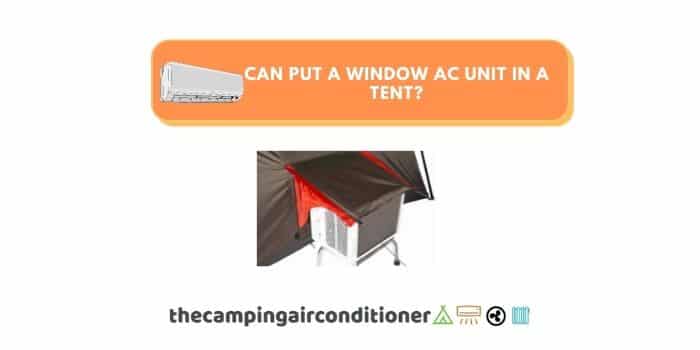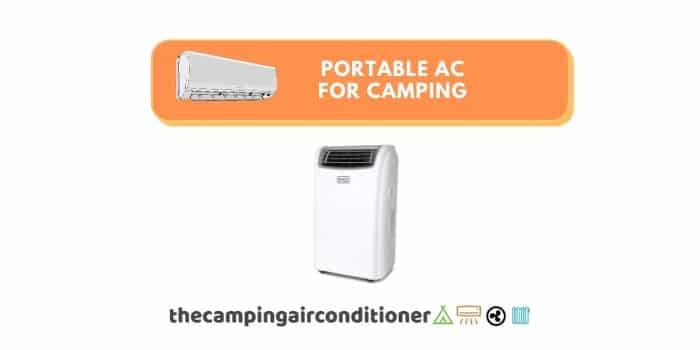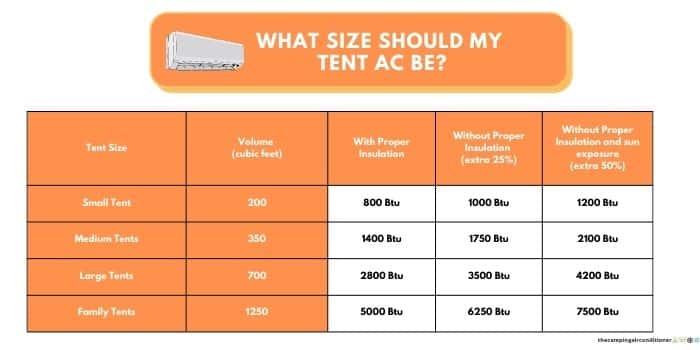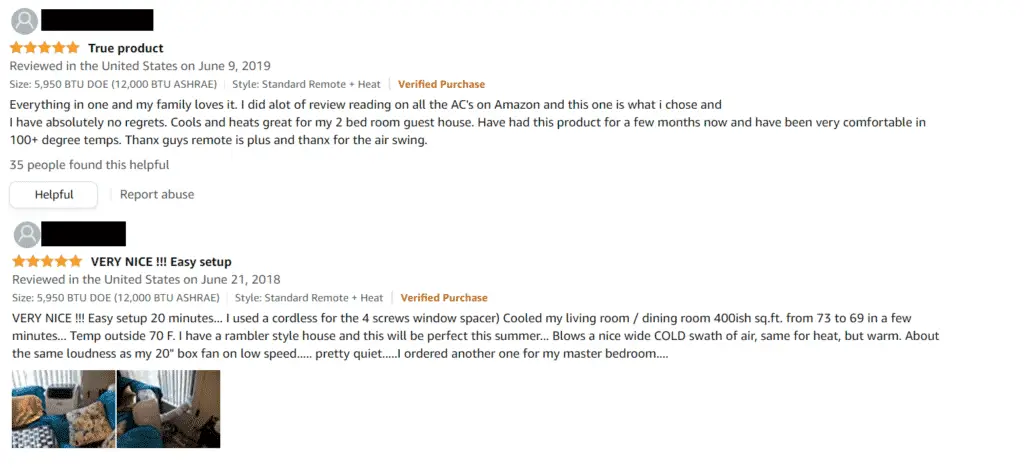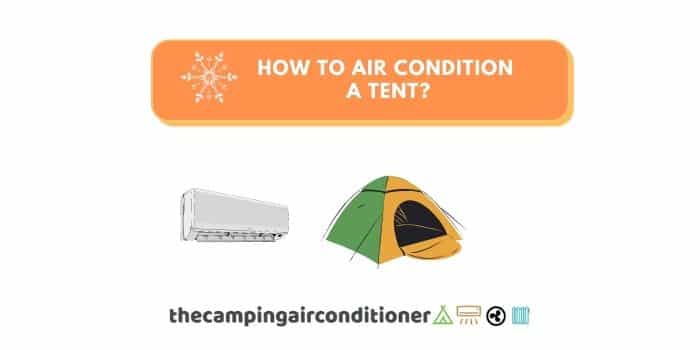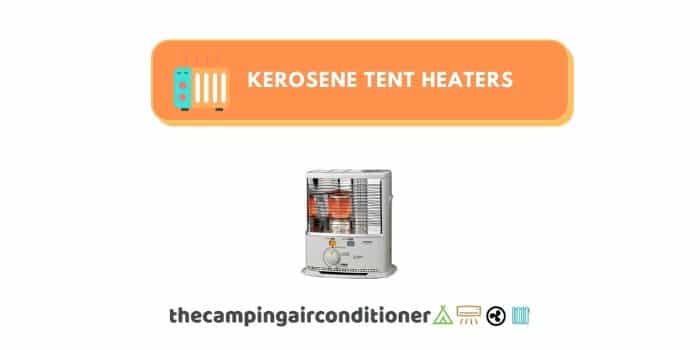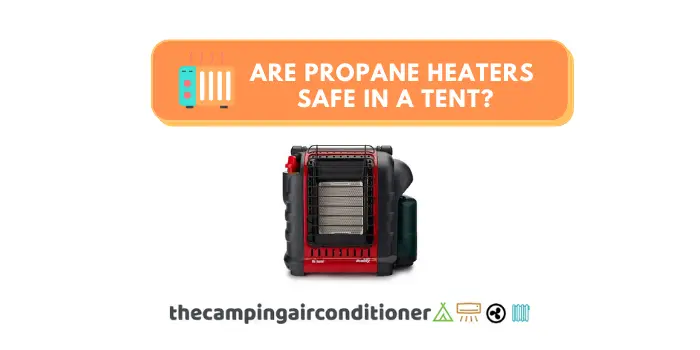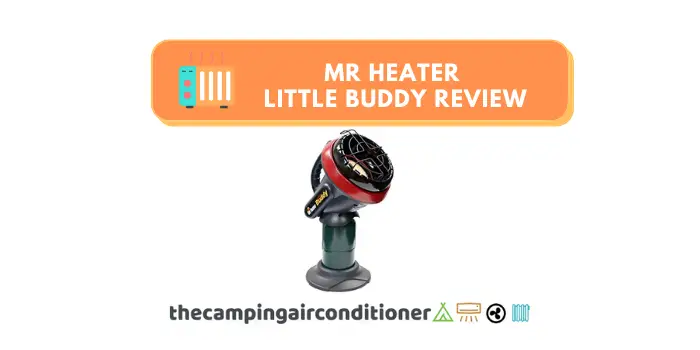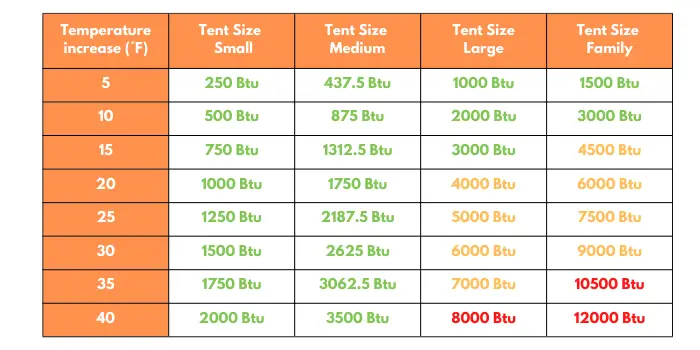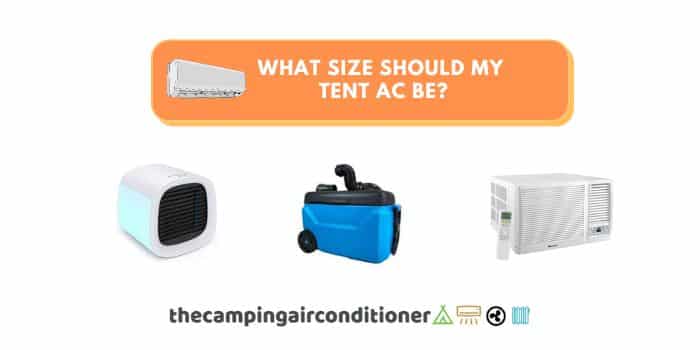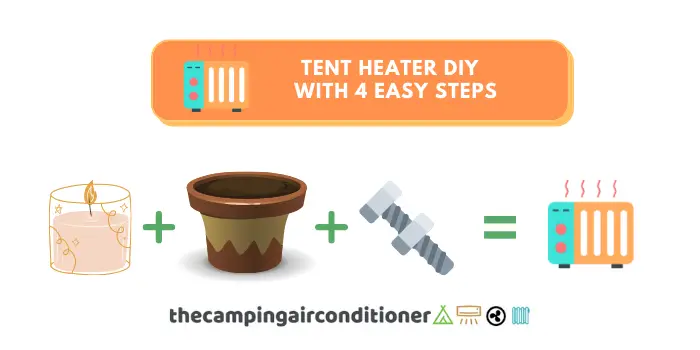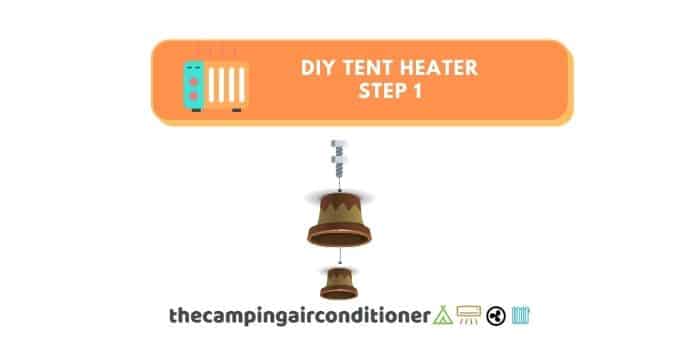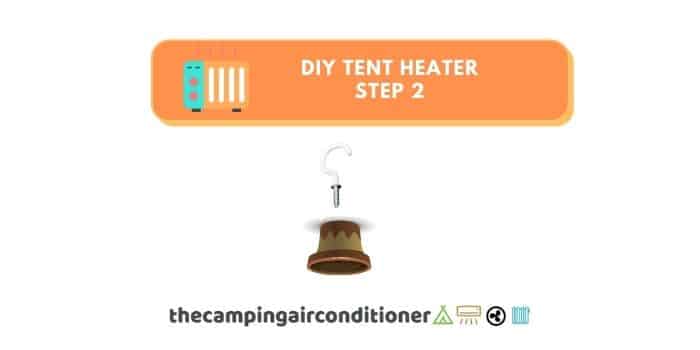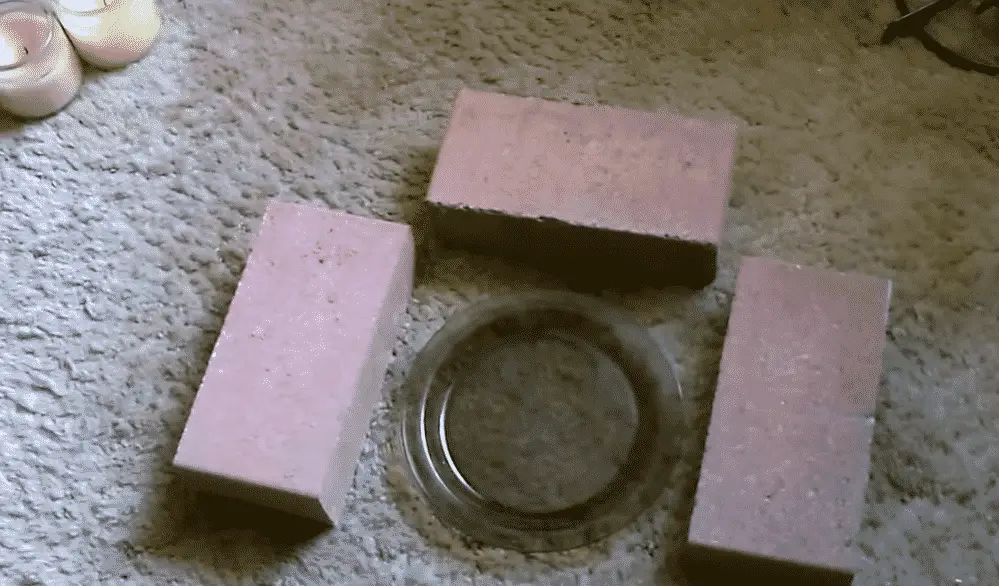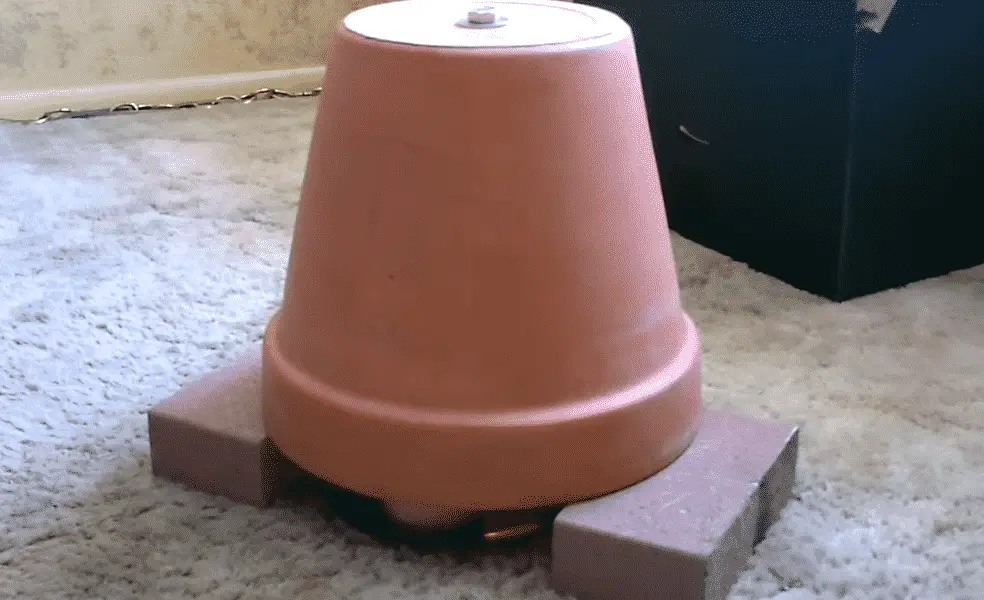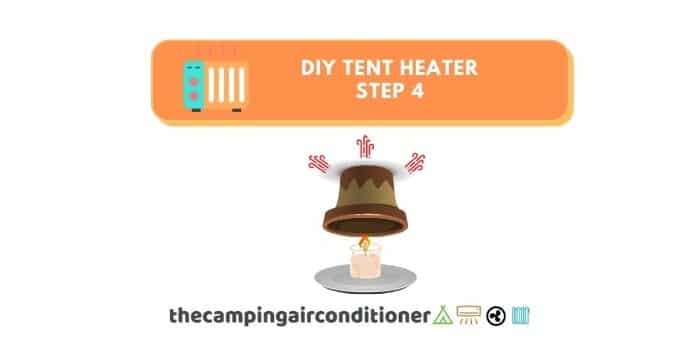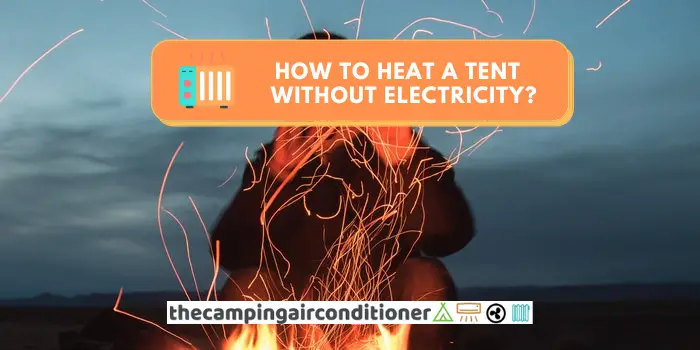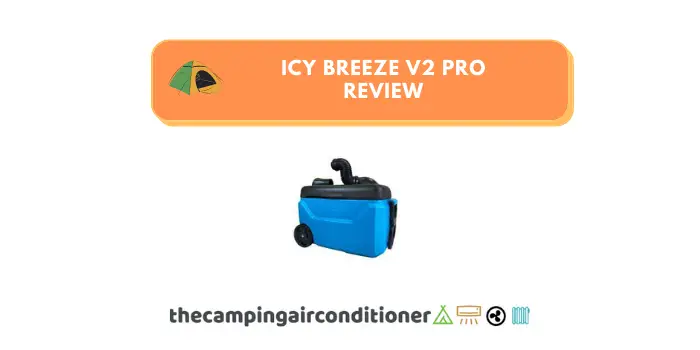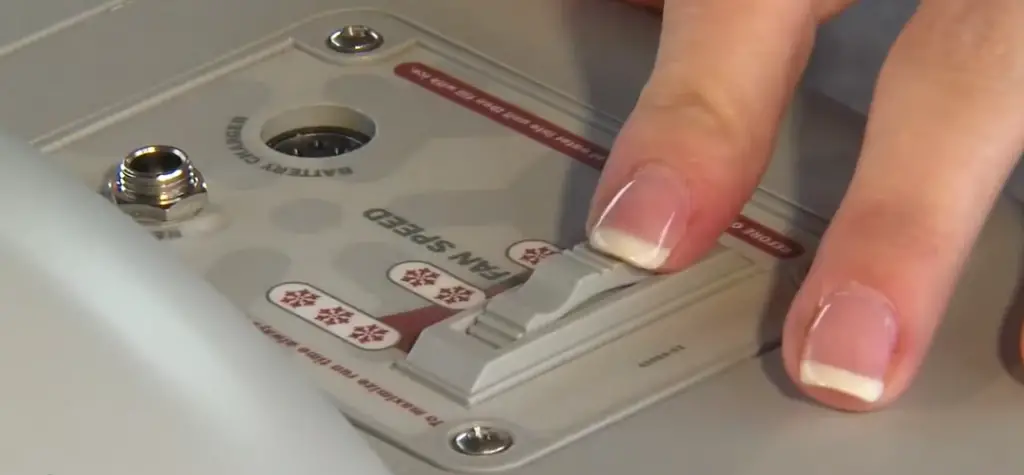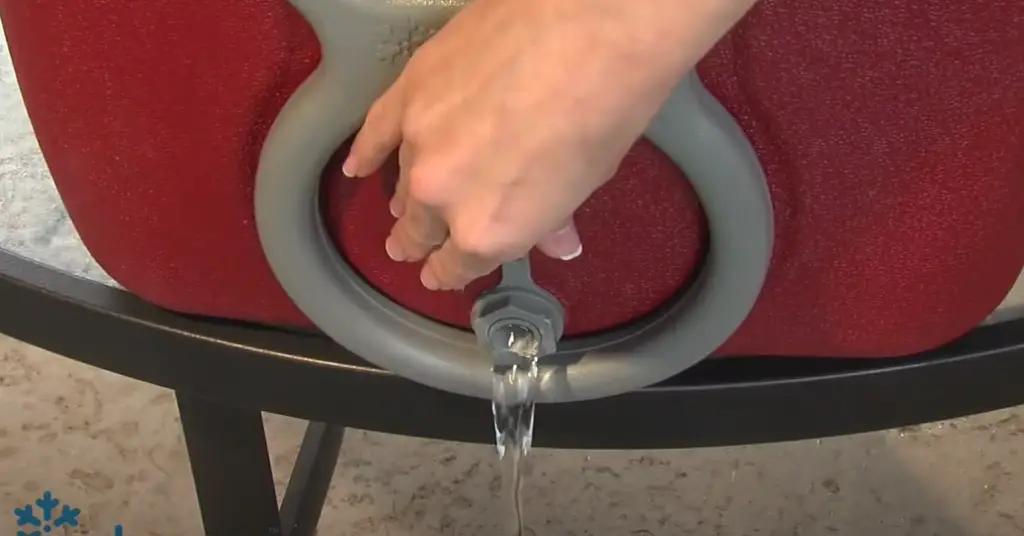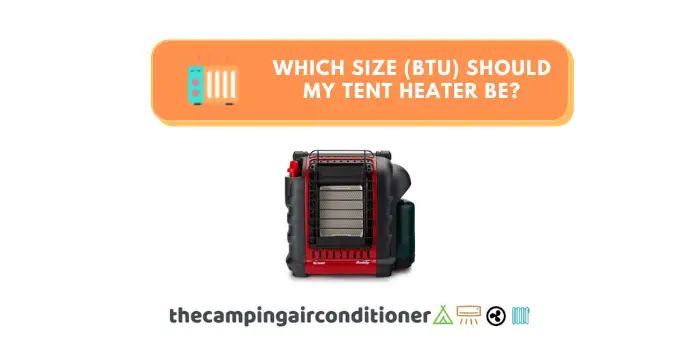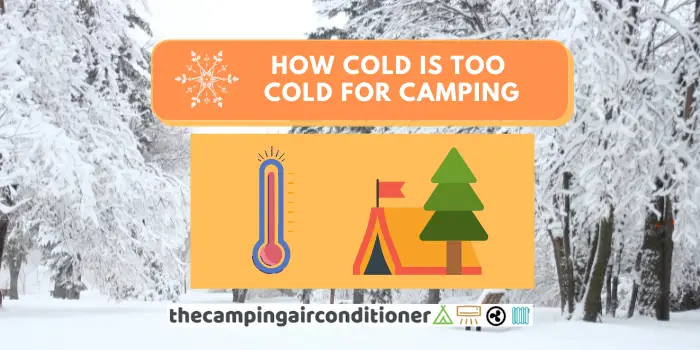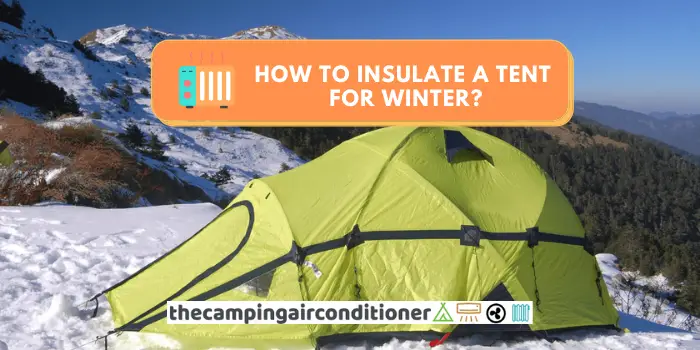Can you install a mini split AC in an RV? (How to do it!)
If you are an RV camper, you probably also face some challenges during summer camping – it might be the that the existing ac unit in your vehicle does not provide you with the required cooling capacity, and your car might get too hot with warm air trapped inside it.
How to solve it? Easy – install a mini split AC unit on it. But can you do it? Yes, you can install a ductless mini split AC unit and keep the interior of your vehicle cool!
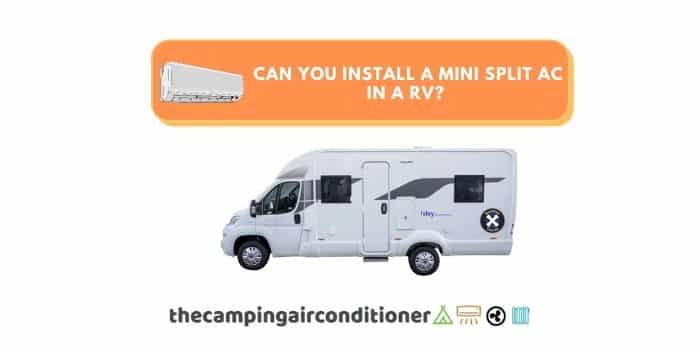
By the way, The Camping Air Conditioner is sponsored by readers. When you buy through one of our links, we may earn an affiliate commission at no extra cost to you.
With units starting from 9,000 BTUs, multiple options are available in the market. Let’s further understand the points you should consider when buying and installing a cooling unit in your vehicle.
What is a mini split AC?
Mini-split ACs are ductless cooling systems that have been used in numerous air refrigerating approaches for houses, buildings, and other structures, such as tiny houses (most of them include heating mechanisms as well).
They comprise two separate parts: an indoor unit that blows the cold air inside the chosen environment and an outdoor unit that is responsible for the air conditioning process.
The ductless system comes with several advantages, such as:
- Ease of installation
- Less energy consumption
- Compact size
- More efficient than rooftop units
- Most of them already come with inverts
On the other hand, they also present some drawbacks:
- It is not advantageous for large scale cooling requirements (A central air conditioning system will be more effective for larger areas)
- The indoor unit is apparent and might impact the aesthetics of your RV
- If you are not experienced, you might need the help of a professional to install it (a custom installation might be required).
- They might require more frequent maintenance
Is it worth installing a mini-split AC in my RV?
In a short answer, yes, it is. These devices are compact and ideal for RV campers.
You can quickly adapt a wall mounting (see on the right) bracket for a mini-split ac to your vehicle and position the outdoor unit with it.
As for the internal piece, you can use the same procedures that you would use to fix it in a wall (check the installation instruction and requirements to confirm that your RV laterals will support the device’s weight).
Further, as previously discussed, most of the units already also come with heating functions, ideal for winter camping.
We summarised the main advantages and disadvantages of installing a mini-split AC in your RV below.
- More efficient than a Rooftop device
- Lower power consumption
- Heating/Cooling features
- Lower noise levels
- Relatively easy to install
- Might need professional help for installation
- Can be pricey
- Internal space might be an issue
- Will increase weight in your RV (higher fuel consumption)
- Might require more maintenance
Which mini-split AC size should I pick for my RV?
It depends on the size of your RV – Overall, We suggest something from 30Btu to 40Btu per square foot as a rule of thumb.
With RVs ranging from 250 to 400 square feet, which consequently would require units from 7,500 to 16,000 Btu. As guidance, we recommend the following:
| Size | Area | BTU (recommended) |
| Small RVs | 250 to 300 sq ft | 9,000 BTU |
| Medium RVs | 300 to 400 sq ft | 12,000 BTU |
| Large RVs | 400 sq ft and above | 18,000 BTU |
In general, RV’s insulation is not the greatest, most of them being built with aluminium, steel, and wood. Steel and aluminium tend to retain heat, increasing the temperature of your cabin.
Therefore, we suggest always being conservative and choosing a unit with a higher cooling capacity.
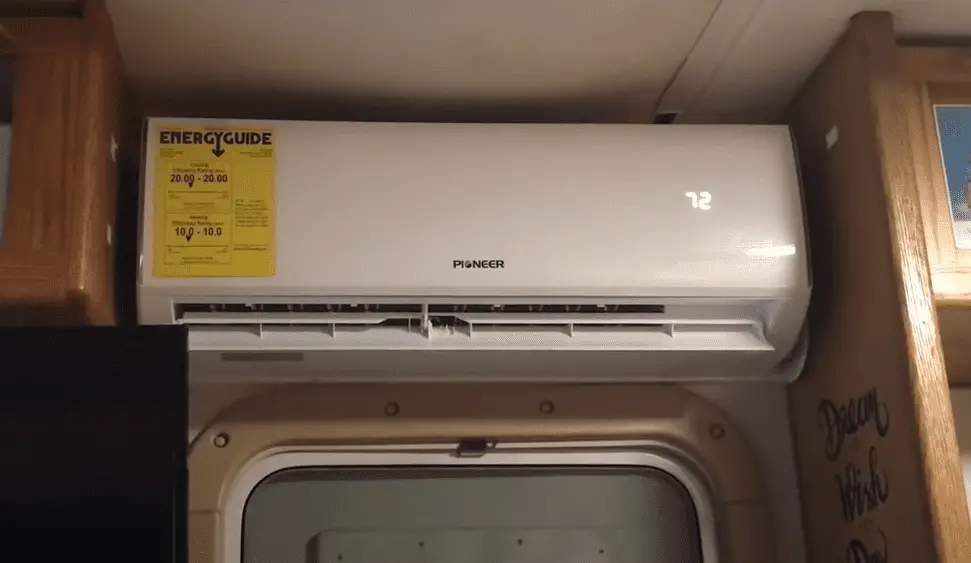
Our Product Recommendations
We have researched the market to see what products would suit RV better, considering ease of installation (we advise taking professional help), value for money, energy efficiency, noise levels (below 40dB) and size.
After our review, our product recommendations are:
- Small RVs – Della 9,000 Btu Mini Split AC
- Medium RVs – Della 12,000 Btu Mini Split AC
- Large RVs – Cooper & Hunter 18,000 BTU
- Compact size
- Heating/Cooling system
- Low noise levels (30-40 dB)
- Installation kit included
- Ductless system
- Wi-fi integration
- Low noise levels (34.5dB)
- Installation kit included
- Ductless Mini Split AC / Heating
- Easy installation (kit included)
- Low noise levels
- Extended warranty
What to consider when installing a mini split AC in your RV?
Installation position
If you have a small RV, you might face some challenges to install your device. Overall, we recommend the following:
- Position in the highest area of the RV (but leave at least 10 cm clearance to the rooftop)
- Similarly, leave some clearance (at least 10cm) to RV walls
- Preferably do not install it close to the door or windows because these areas might have less structural strength, and cold air might escape easily with people’s movement.
Power Consumption
The last thing you want is having power supply issues in your camper van in the middle of your trip.
Hence, ensure that you RV is able to support the power (average consumption varies in accordance with your model) and check the voltage requirements (110-230V) of your mini split AC unit.
Noise Levels
Preferably select units with noise leves below 40dB or you might have problems in sleeping.
FAQ
Can I use a portable AC in my RV?
Yes, there are no problems with it. In fact, they might a perfect option if you don’t have enough space to install in your vehicle, don’t want to install a split AC or just want to use the device in other areas.
Our recommend portable AC product is Whynter Elite, which comes with different cooling outputs.
How to install the mini split AC in my RV?
This video below shows a step by step approach to installing a mini-split ac in an RV – it is long but worth watching if you are considering it.
Note: Unless you are a tool and air conditioning savvy, we recommend taking some professional advice to adapt your vehicle.
Conclusion
A mini-split AC might dramatically help you during summer camping. The ductless options come with numerous advantages for RV campers, such as:
- Ease of installation
- Less energy consumption
- Compact size
- More efficient than rooftop units
- Presence of inverts
Before picking your mini-split AC unit, ensure that you pick the most suitable unit, check power requirements, and space proof your vehicle.





